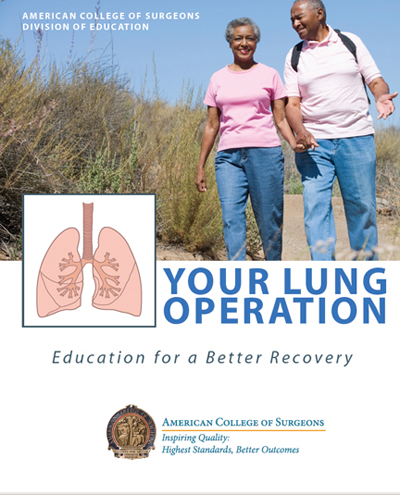What-to-expect videos were associated with lower rates of pain and increased surgery satisfaction, according to a study that focused on cancer patients. Published in the May issue of Journal of the American College of Surgeons, the study focused on those with late-stage lung cancer, a group with a 4% survival rate. A cohort of 270 surgery candidates were placed into two groups: one, which received the standard consult and pamphlets about the operation, and a second, which was given a 30-minute video that explained how to prepare for surgery, the surgery itself, recovery and pain management.
The video also advised patients to keep exercising until the day of surgery and to remain active once they got home. “We wanted patients to be able to take some ownership and not completely feel that they were handing themselves over to someone else,” Traves Crabtree, the study lead, said in a statement.
The second group was not required to watch the video but also received printed materials and the typical doctor consult.
The results: patients who did not watch the video ranked pain at about 1.34 when they left the hospital. Patients who watched the video averaged a lower pain score — about 0.98. And video-free patients rated their surgical satisfaction at around 1.85, lower than the average 2.14 ranking among those who watched the 30-minute preparatory video.
Crabtree said the study isn’t permission for surgeons to use the video in place of patient interaction, but it does offer insight into how doctors and patients prioritize information differently. The video helps fill in conversational gaps.
“What’s important to us as surgeons might not be a primary issue to the patient. We might say, ‘Here’s how the operation goes, and here’s your risk of dying [without it].’ But the patient might actually want to know how they will get around two weeks or two months from now,” he said.
The study’s results were used to create a patient education kit called “Your Lung Operation.”








